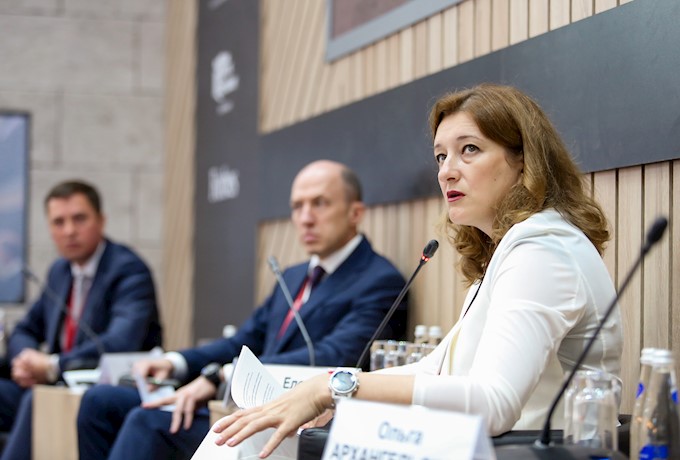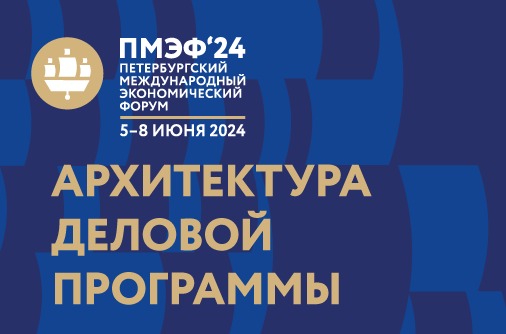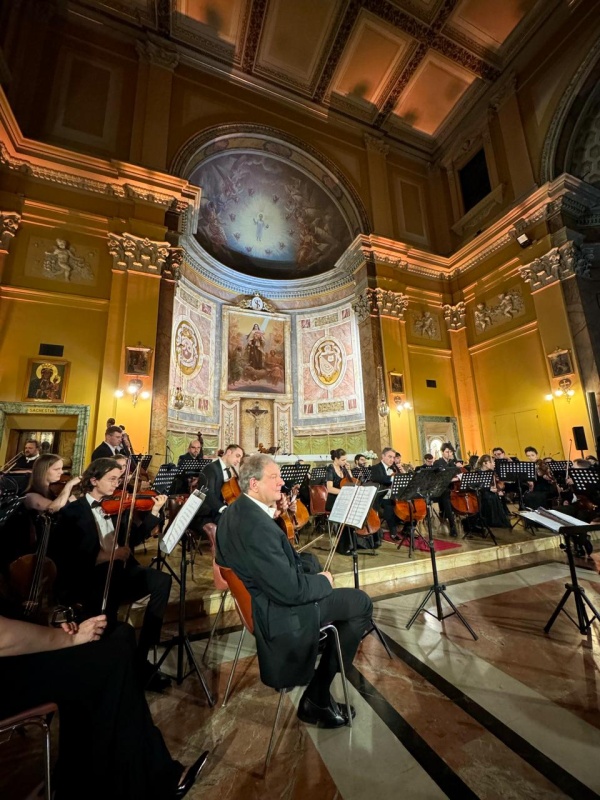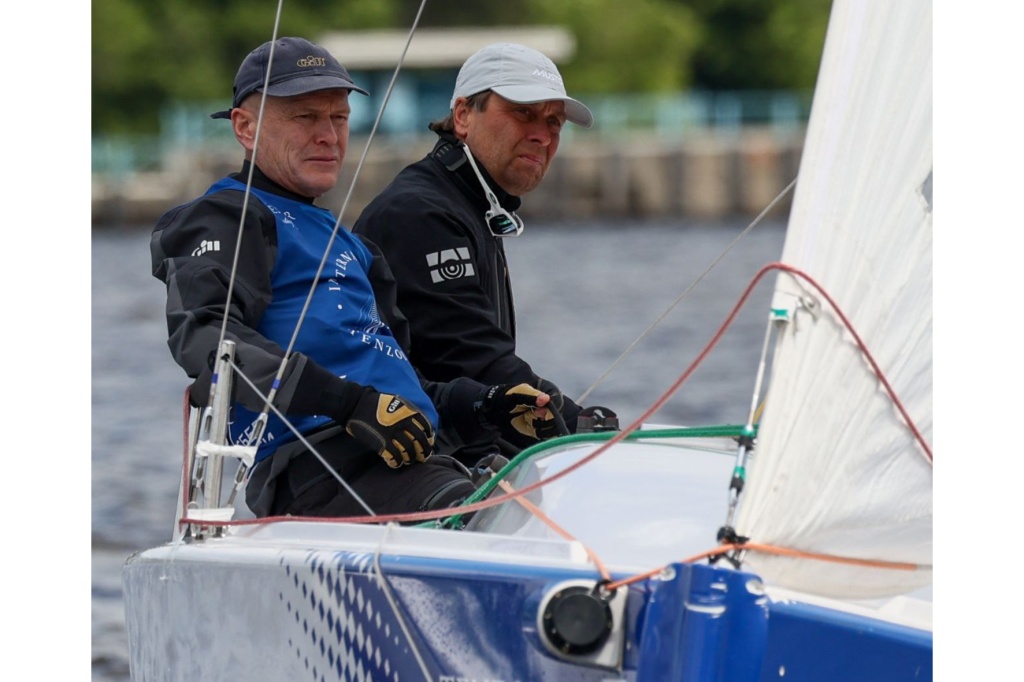
Destination: All of Russia! The Role and Challenges of the Regions in Developing Domestic Tourism
KEY CONCLUSIONS
Developed infrastructure improve attractivity and quality of domestic tourism
"The national project (Tourism and hospitality industry - ed.) includes three key initiatives, which, again, are unimaginable without regional integration. The first is infrastructure and support measures that will allow entrepreneurs, investors, municipalities, and regions to improve the infrastructure already in place. Why does this concern the authorities, regional and municipal, as much as entrepreneurs? Because in order designing an interesting and beautiful space, or adapting even the tiniest of beaches somewhere on a beautiful river or reservoir, requires participation from the municipality. Yet, the municipality will never have enough budget to make such infrastructure even to get ready for investors to gets involved," Elena Lysenkova, Deputy Head, Federal Agency for Tourism.
"Naturally, when we talk about the development of tourist regions, the development of the tourism industry, we are talking primarily about a comfortable infrastructure. What is it exactly? Of course, first of all it is roads. By 2024 with the help of the "Safe and quality roads" national project we will bring all our regional roads to 50% compliance", Oleg Khorokhordin, Head of the Altai Republic.
"Last year we added a number of infrastructural elements: we launched a new air terminal, a modern air terminal complex, and now Karelia has become even closer and more accessible. We are launching new flights. Today we fly to Kazan, to Kaliningrad, we have daily flights to Moscow, and the number of flights is increasing. Of course, the pandemic made some changes: for instance, we were planning to launch a flight to Helsinki last year too. But we are increasing the number of flights since last year," Oleg Ermolaev, Minister of Economic Development and Industry of the Republic of Karelia.
Domestic tourism adapted to the pandemic and continued its development
"Last year, which made many people reconsider their travelling plans, directed a large flow of people who previously traveled abroad inland. On the other hand, entrepreneurs were forced to quickly adapt to the constraints that came with the new opportunities. They had to adapt their products and offerings to the new requirements. At the same time, we must understand that a whole generation of Russians has now grown up with open borders. Our product must be competitive simply because it is better in quality, in service, in balance of price, not in spite of some restrictions", Elena Lysenkova, Deputy Head, Federal Agency for Tourism.
"Last year was quite difficult in this regard (in terms of attracting tourists to the Republic of Karelia - ed.), and foreign tourists did not show up. They account for about 15% of all tourists coming to our region. Yet even so, with all the current restrictions, we showed an increase in tourist traffic in 2020," Oleg Ermolaev, Minister of Economic Development and Industry of the Republic of Karelia.
"We host more than 2 million tourists a year, and this dynamic is growing annually. Last year, during the peak of the pandemic, May and June, we were completely closed and did not even accept flights coming in. And still we grew by 26% in winter and 15% in summer. It's a big challenge; there is work to do," Oleg Khorokhordin, Head of the Altai Republic.
Gastronomic tourism is becoming more popular in Russia
"We are talking about the increasing role of gastronomic tourism. The products of the Altai Republic, they are all environmentally friendly... Sampling the Altai national cuisine, dishes like the maral, the Altai cheese, or dough-based treat called bortsoki, this is exciting for any tourist. We are talking about healthy foods," Oleg Khorokhordin, Head of the Altai Republic.
PROBLEMS
Lack of hotels for domestic tourism
"We need to build new hotels. At times we can not accommodate all the tourists who want to come to the Republic of Karelia. At this point, the summer is practically sold out, it is very difficult to find lodging. We are developing glamping, campsites where people can feel comfortable", Oleg Ermolaev, Minister of Economic Development and Industry of the Republic of Karelia.
Taxes hinder the development of domestic tourism
"We must clearly understand that 20% VAT is unrealistic for the overall development. Together with the Centre for Strategic Research and Rostourism we went to the Ministry of Finance. We showed evidence that all over Europe the countries have reduced rates over the past 10 years from 20% to 10%, Germany went from 19% to 7% VAT in tourism. Turkey has set the rate at 0%. These are real support measures, this is a real tax environment that forms this industry. Property tax, regional tax – all regions certainly need them. But the profitability of a hotel, especially the profitability of a large tourist area, is comparable with the profitability of a bank deposit. Imagine are an investor. You have, for example, 10 billion and you are making a choice where to invest it: put it on a deposit in a bank or in a hotel with risks, in a remote location, with the same yield of 5-7%. Thus, the reason for this low yield is the tax environment," Andrey Krukovsky, General Director, Krasnaya Polyana.
With more tourists coming in environmental protection must become a priority
"There is a recreational load on Valaam, Kizhi, and Solovki: they have a certain limit to their visitor capacity. And it is very important that we do not harm either our fragile nature, or these unique sites. And here, by extending the tourist routes and territories, it is possible to welcome much more tourists. And that is exactly the way we are going now in Ruskeala: there are new roads, bicycle routes, walking trails, which allows to spread the people all around this beautiful territory", Oleg Ermolaev, Minister of Economic Development and Industry of the Republic of Karelia.
"It is the ecology that is becoming a competitive factor today. And we top the environmental ratings of Green Patrol, the independent environmental organization. Of course, people want to visit an environmentally friendly region... There are three factors that we need to balance. First is the creation of a comfortable tourism infrastructure. Second is the protection of a regional ecosystem, what I already talked about: tourists come in, do no harm, fit into the ecosystem, and leave satisfied. And finally we need to think of the interests of local residents," Oleg Khorokhordin, Head of the Altai Republic.
SOLUTIONS
Interregional cooperation can become a tourist attraction tool
"If we talk about interregional cooperation, we work with all our neighbors, including the Republic of Finland. Last year we managed to sign two road maps with Northern and Southern Finland, where we agreed to jointly develop tourism. Yes, to some extent we are competitors, but there are points where we can cooperate and attract tourists from other countries to our territory... And of course, we cooperate with our neighbouring regions – Murmansk, Vologda, Leningrad, St. Petersburg. Here, we implement projects along the Silver Necklace of Russia routes. In general, there are two big agglomerations near Karelia: St. Petersburg and Moscow. Obviously, without interregional cooperation it is very difficult to attract tourists and show the good quality of our infrastructure," Oleg Ermolaev, Minister of Economic Development and Industry of the Republic of Karelia.
"We have an interregional association in Siberia, the Siberian Agreement. In the area of tourism, I am the chairman of the coordinating council. We have 10 regions that are part of the Siberian Federal District and two regions that are now in the Far Eastern District: Republic of Buryatia, Zabaikalsky Krai. For two years we have developed 38 interregional routes ... and we are developing the Big Siberia brand. We understand our responsibility, we are ready for this challenge," Oleg Khorokhordin, Head of the Altai Republic.
Create a master plan for tourism
"Yes, we were the first in the country to develop a master plan, though it is not yet finalized. We want to manage the tourist flow, to manage it intelligently. We want to reduce the anthropogenic load, we want to create comfortable conditions for the tourists, taking into account our natural features. We want to preserve the environment and protect the interest of local residents," Oleg Khorokhordin, Head of the Altai Republic.
"This (the formation of a tourist master plan for the development of Altai - ed.) will allow to fulfill all the elements of balanced sustainable territorial development: reasonable attitude to ethnic groups, to nature, to all the infrastructure that will be created. This initiative has a broader perspective at the federal level. The National Project includes a development programme for territorial tourist master plans on a macro level. The plans are to be made by various territories together in order to make ties between them seamless. So that the tourist, who travels not to a particular subject, but to the whole territory ... saw quality, interesting, balanced, attractive product, throughout the entire country", Elena Lysenkova, Deputy Head, Federal Agency for Tourism.








